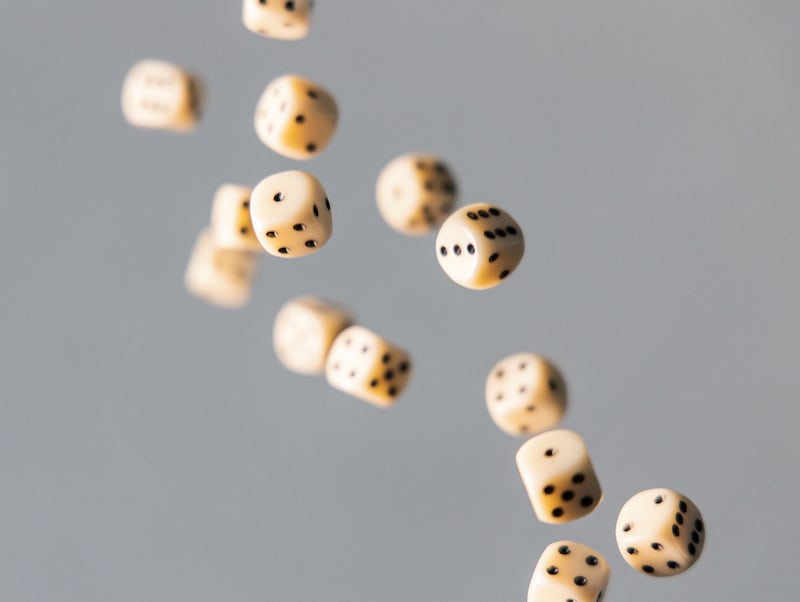
Probability
Probability is the quantitative measure of certainty of an event. Mathematically, probability
Consider a fair die, possible outcomes of rolling the die can be 1 to 6. Where probability of each outcome is 1/6.
What if we roll two dice together? What will be the probability that both dice will get the same digits, say 6?
What if one of the dice is biased towards 6, i.e.
The probability will become
Joint Probability
Joint probability is the probability of two events occurring simultaneously. Rolling two dice together is an example of Joint Probability.
If the two events E1 and E2 are independent of each other then the joint probability is multiplication of P(E1) and P(E2).
P(A given B) is denoted as P(A|B)
If the two events E1 and E2 are not independent then the joint probability is:
Joint probability is symmetric
P(A,B) = P(B, A)
P(A,B) = P(B|A)P(A)
P(B,A) = P(A|B)P(B)
P(A|B)P(B) = P(B|A)P(A)Conditional Probability
It is the probability of one event when occurrence of the other is given.
Consider two events A and B, given that B has occurred. Then the probability of A given B is:
Maximum Likelihood
Maximum Likelihood is used to find the normal distribution of the given data. We estimate
and for the distribution.
References
https://machinelearningmastery.com/joint-marginal-and-conditional-probability-for-machine-learning/
https://towardsdatascience.com/probability-concepts-explained-maximum-likelihood-estimation-c7b4342fdbb1